Food Chain Worksheets Middle School
Food chain worksheets for middle school students are an excellent way to engage and educate young learners about the fascinating relationship between different organisms in an ecosystem. By providing an interactive platform to explore and understand the concept of a food chain, these worksheets serve as a valuable tool for science teachers seeking to enhance their students' understanding of this crucial ecological concept.
Table of Images 👆
- Food Chain Worksheets
- Food Web Worksheet
- Food Web Pyramid Worksheet
- Food Chain Worksheets Free
- Food Web Worksheet Middle School
- High School Ecosystem Food Chain Worksheet
- Energy Pyramid Worksheet Middle School
- Food Web Worksheets High School
- Sea Animal Worksheet
- Animal Food Chain Worksheet
- High School Food Chain Worksheet
More Food Worksheets
Printable Worksheets for French FoodDaily Food Intake Worksheet
5 Food Groups Worksheet
Food Production Worksheet Template
What is a food chain?
A food chain is a sequence of organisms in an ecosystem where each organism consumes the one below it and is consumed by the one above it. This chain illustrates the flow of energy and nutrients through an ecosystem, showing the transfer of food from producers (plants) to consumers (animals) and ultimately to decomposers.
Describe the roles of producers in a food chain.
Producers play a crucial role in a food chain as they are organisms, typically plants, that can create their own food through photosynthesis. They convert sunlight into energy that is then used by consumers, such as herbivores and omnivores, for sustenance. Producers act as the foundation of the food chain by providing the initial source of energy that fuels the entire ecosystem. Without producers, the rest of the food chain would not be able to survive.
Explain the difference between a herbivore and a carnivore.
A herbivore is an animal that primarily eats plants and vegetation as its main source of nutrition, while a carnivore is an animal that primarily consumes meat as its main source of nutrition. Herbivores have evolved to digest plant material and usually have specialized teeth and digestive systems for breaking down cellulose, whereas carnivores have sharp teeth and strong jaws for hunting and consuming meat. These dietary differences reflect the different feeding strategies and adaptations of these two types of animals in the natural world.
How do predators and prey depend on each other in a food chain?
Predators and prey depend on each other in a food chain through a dynamic relationship where predators hunt and consume prey for energy, while prey populations control predator populations by serving as their main food source. This interdependence helps in maintaining the balance of ecosystem by regulating population sizes, preventing one species from becoming too dominant, and ensuring the overall health and functioning of the ecosystem.
Describe the process of energy transfer in a food chain.
Energy transfer in a food chain occurs as organisms consume one another. Producers, like plants, harness energy from the sun through photosynthesis and convert it into chemical energy. Primary consumers then eat the producers and obtain this energy. Energy is transferred to higher level consumers as they consume lower level consumers. At each trophic level, some energy is lost as heat through metabolic processes, and only a portion is transferred to the next level. This process continues up the food chain, with energy transfer decreasing at each level, ultimately sustaining life within the ecosystem.
What is an omnivore?
An omnivore is an organism that consumes both plant-based and animal-based food sources. These animals have a diverse diet that includes a combination of plant matter, such as fruits, vegetables, and grains, as well as meat or other animal products like insects or small animals. Humans are also considered omnivores due to their ability to digest both plant and animal matter.
Explain the concept of a decomposer in a food chain.
A decomposer is an organism that breaks down dead organic matter into simpler substances, such as bacteria or fungi. In a food chain, decomposers play a crucial role in recycling nutrients by breaking down the remains of plants and animals into nutrients that are then returned to the soil, where they can be taken up by plants and used to grow new ones. This helps to maintain the balance of nutrients in ecosystems and ensures the continued flow of energy within food chains.
Describe the concept of a food web and how it is different from a food chain.
A food web is a visual representation of the relationship between different organisms in an ecosystem, showing how energy and nutrients flow through the system. It illustrates the complex network of interconnected food chains within an ecosystem, highlighting the multiple paths that energy can take as it is transferred between organisms. In contrast, a food chain is a linear representation of the feeding relationships in an ecosystem, showing a single pathway of energy transfer from one organism to another. A food web provides a more realistic and holistic view of the ecosystem, capturing the intricate connections between various organisms and showcasing the interdependence of species within the ecosystem.
Explain the role of apex predators in a food chain.
Apex predators play a crucial role in a food chain as they regulate the populations of their prey, control the balance of ecosystems, and help maintain biodiversity. They keep prey populations in check, prevent overgrazing or overpopulation of certain species, which in turn can have cascading effects on other organisms within the ecosystem. Their presence also promotes the health and diversity of plant and animal species lower in the food chain. Additionally, apex predators are indicators of the overall health of an ecosystem, as their decline can signal imbalances or issues within the ecosystem.
What happens to the energy in a food chain as it moves up each trophic level?
Energy in a food chain decreases as it moves up each trophic level. This is because energy is lost in the form of heat during metabolic processes, and only a fraction of the energy consumed by an organism is converted into biomass that can be passed on to the next trophic level. As a result, there is less energy available to organisms higher up in the food chain, which limits the number of organisms that can be supported at each trophic level.
Have something to share?
Who is Worksheeto?
At Worksheeto, we are committed to delivering an extensive and varied portfolio of superior quality worksheets, designed to address the educational demands of students, educators, and parents.





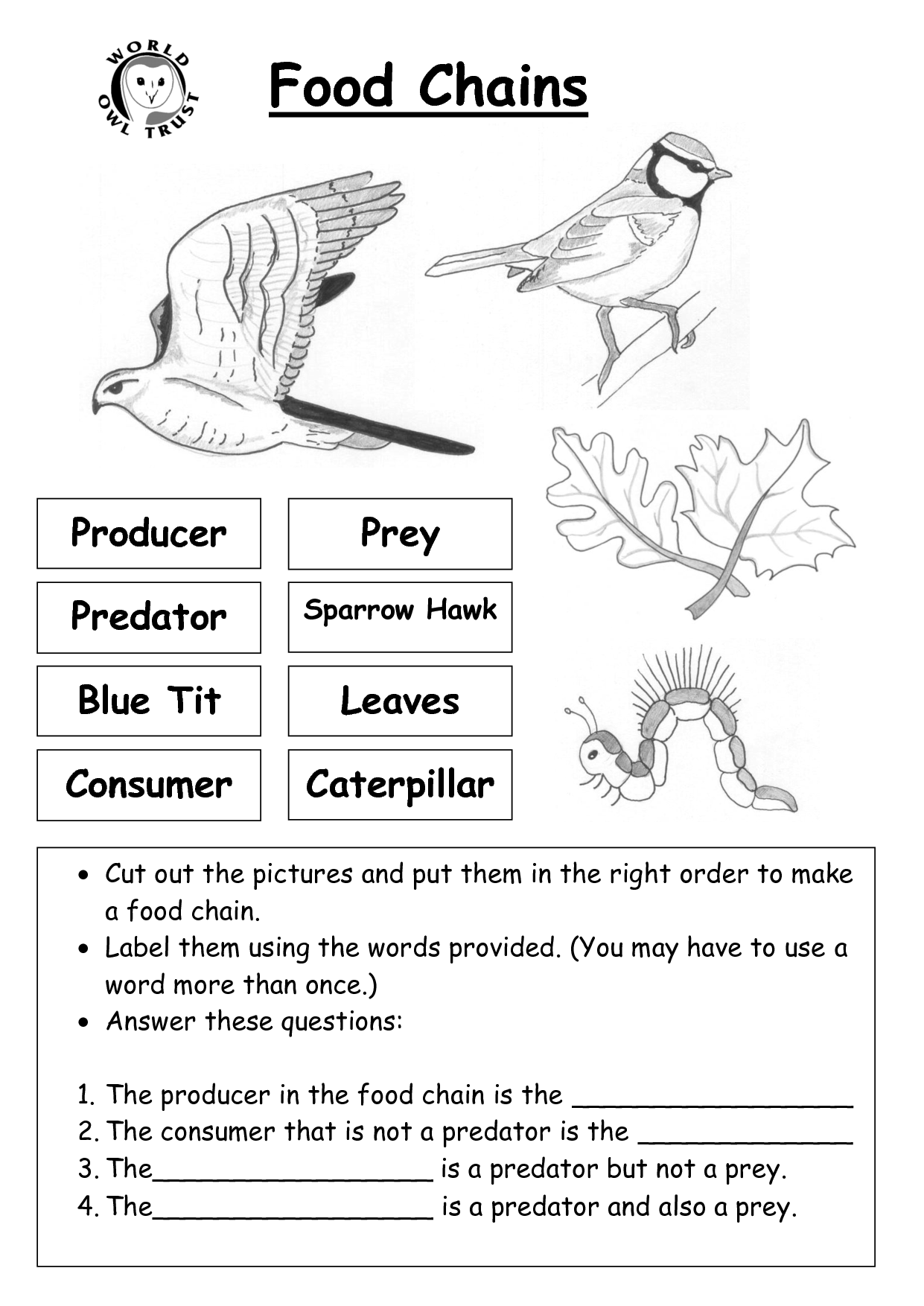

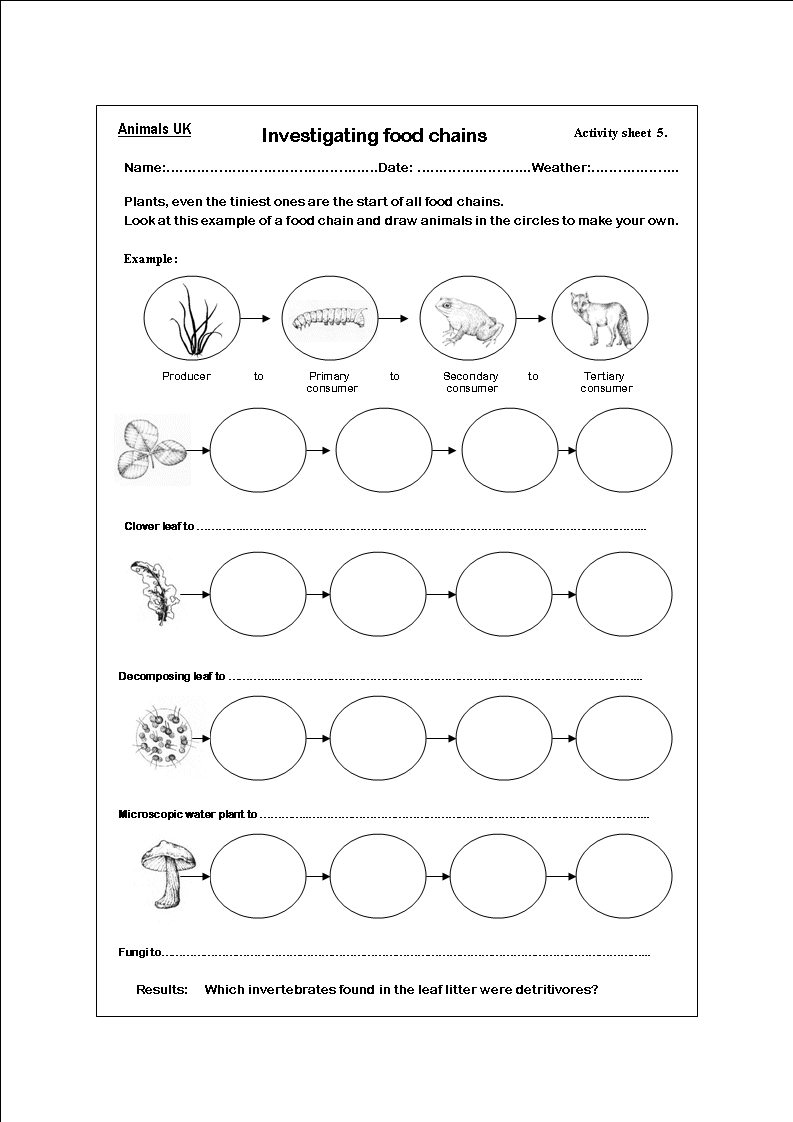
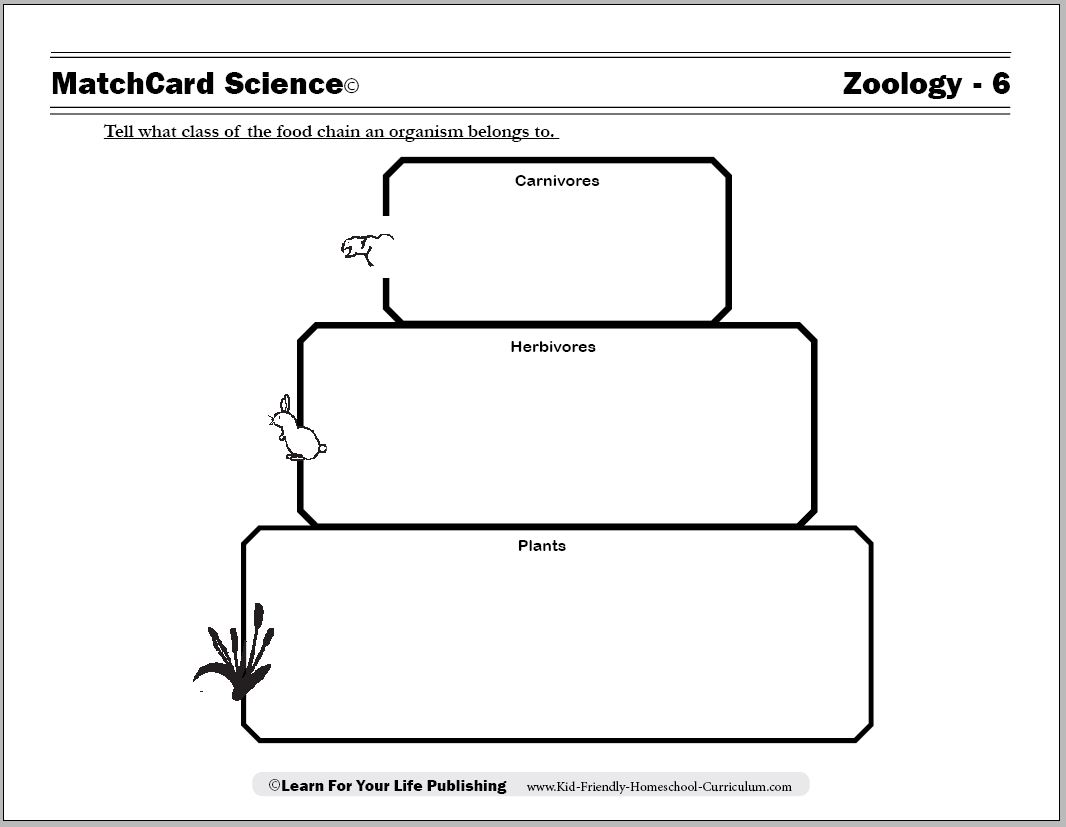
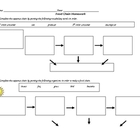




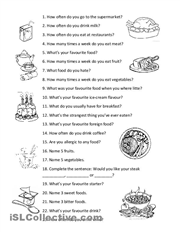
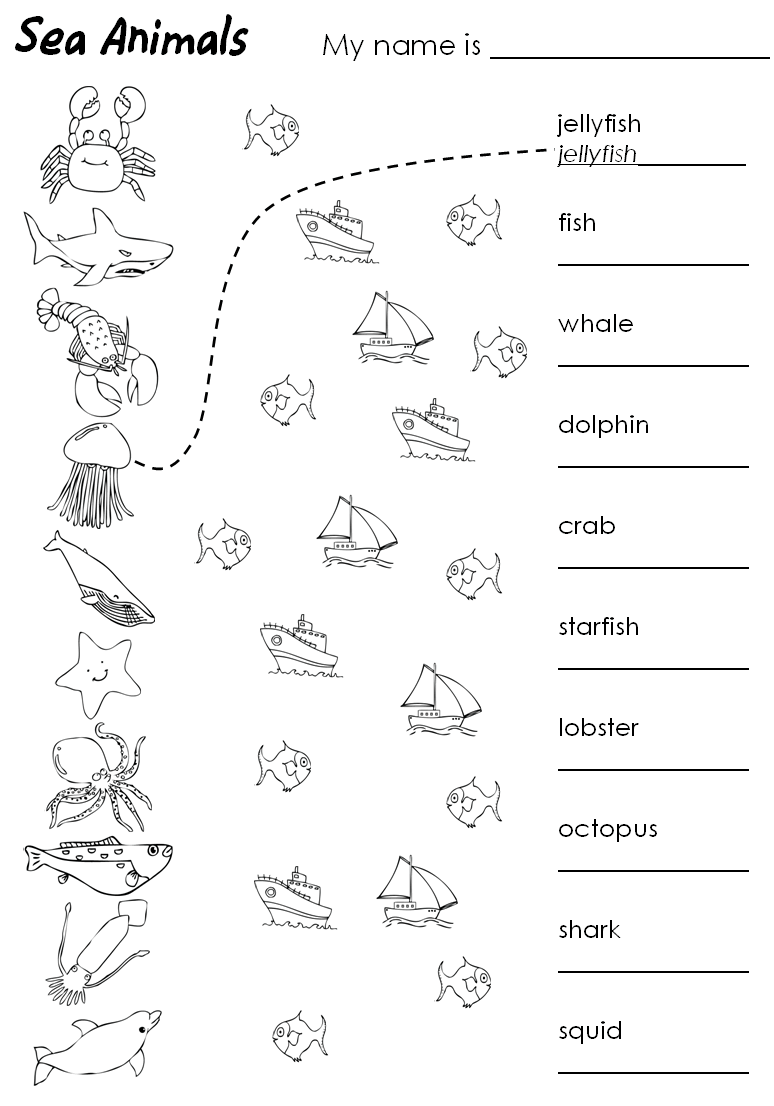

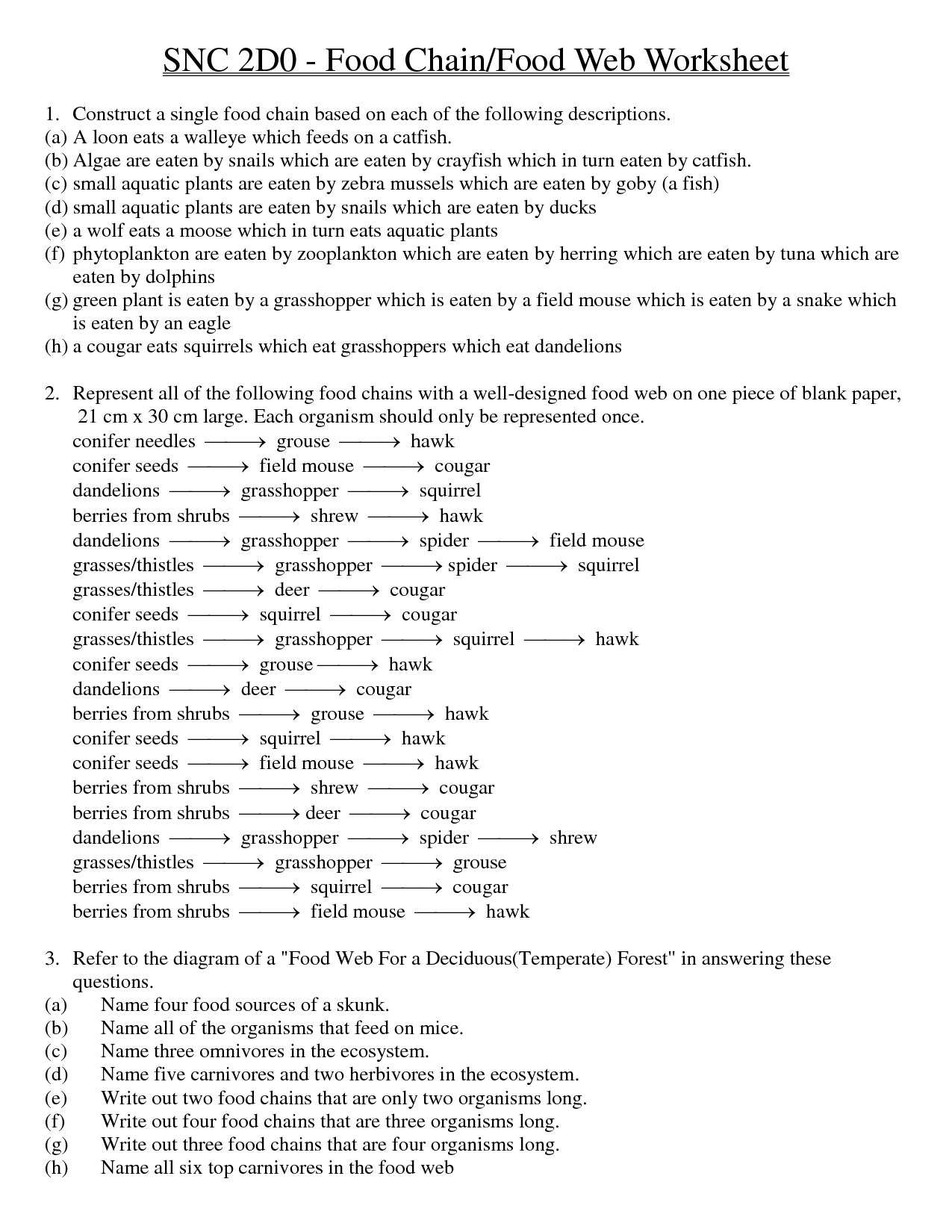








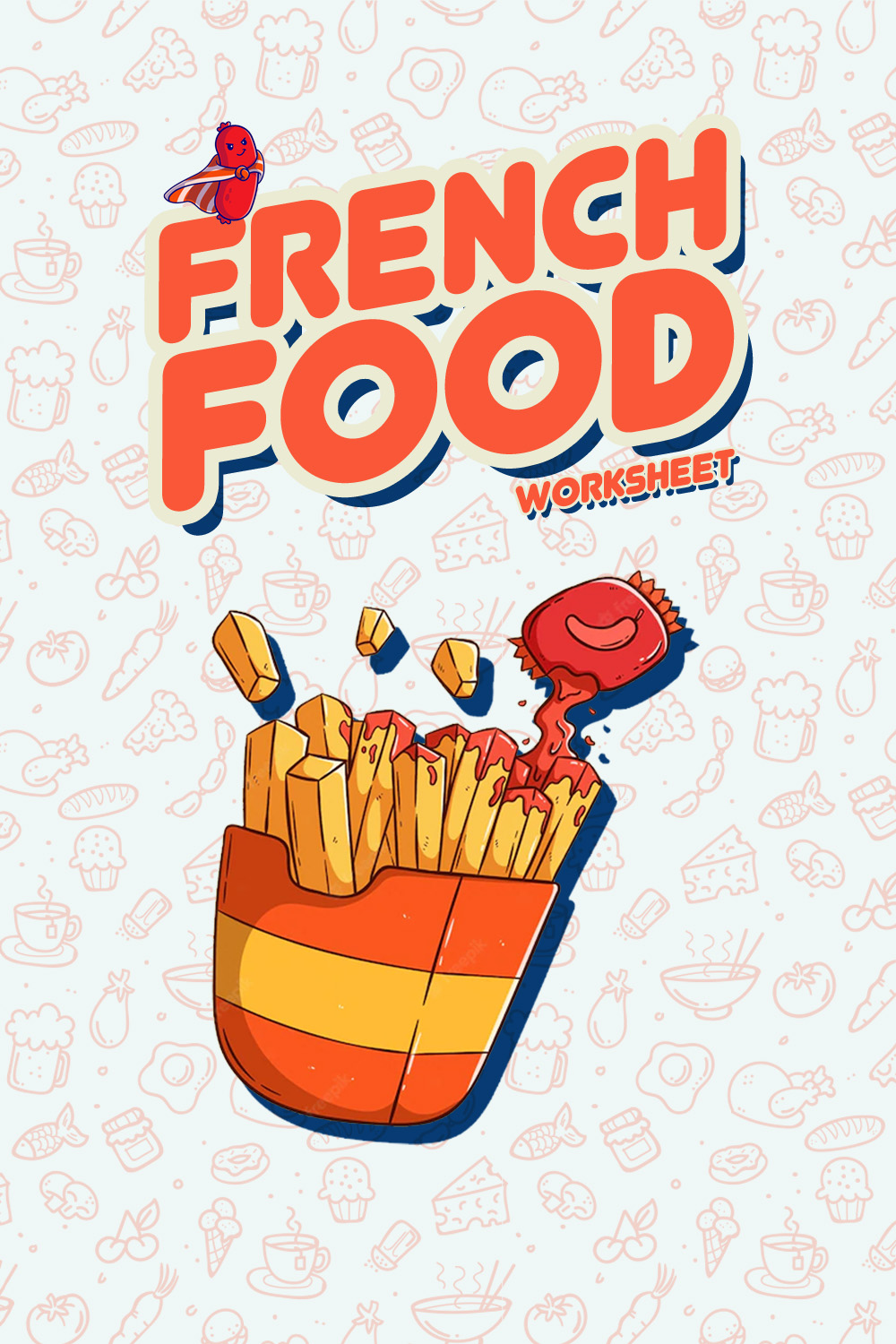
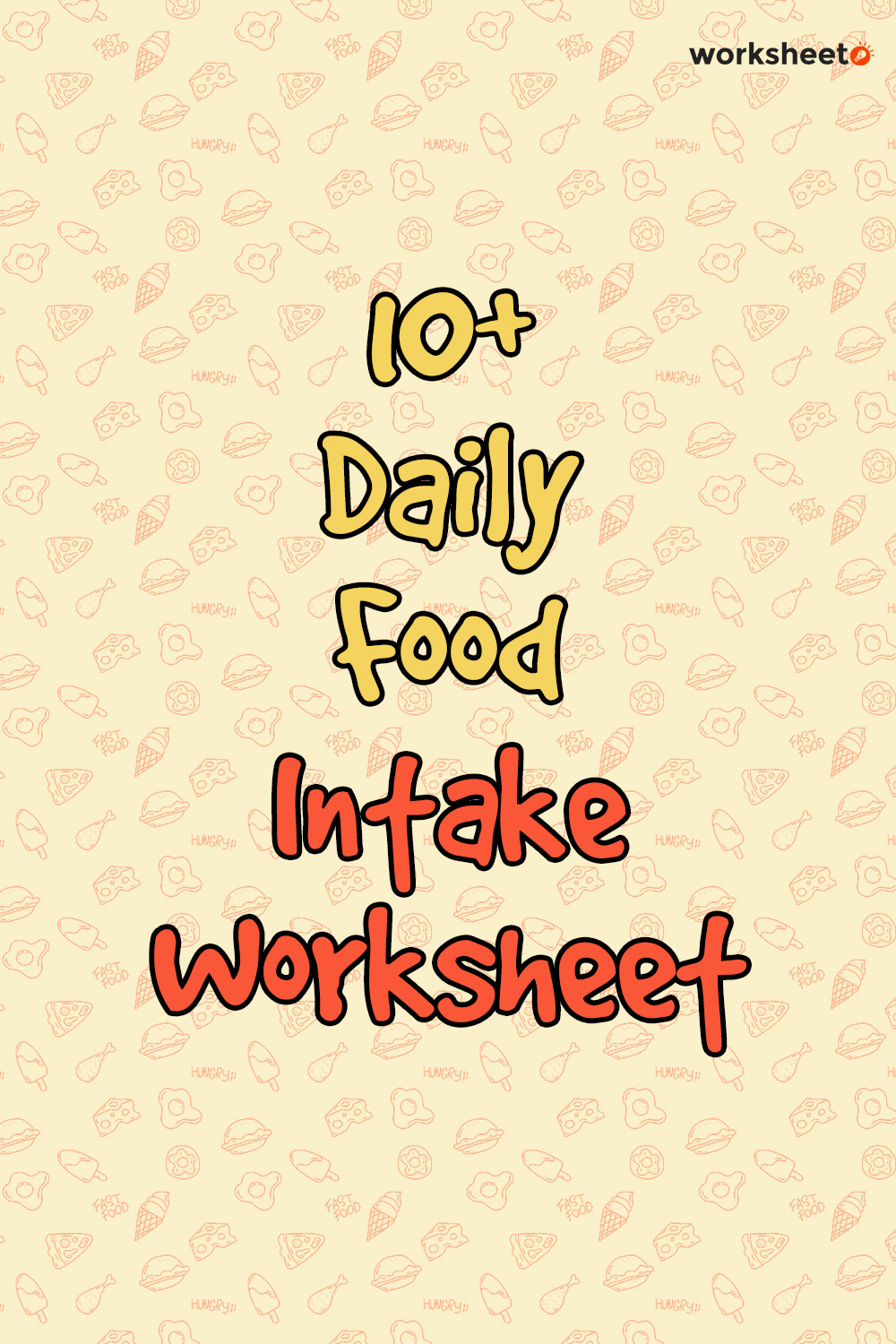
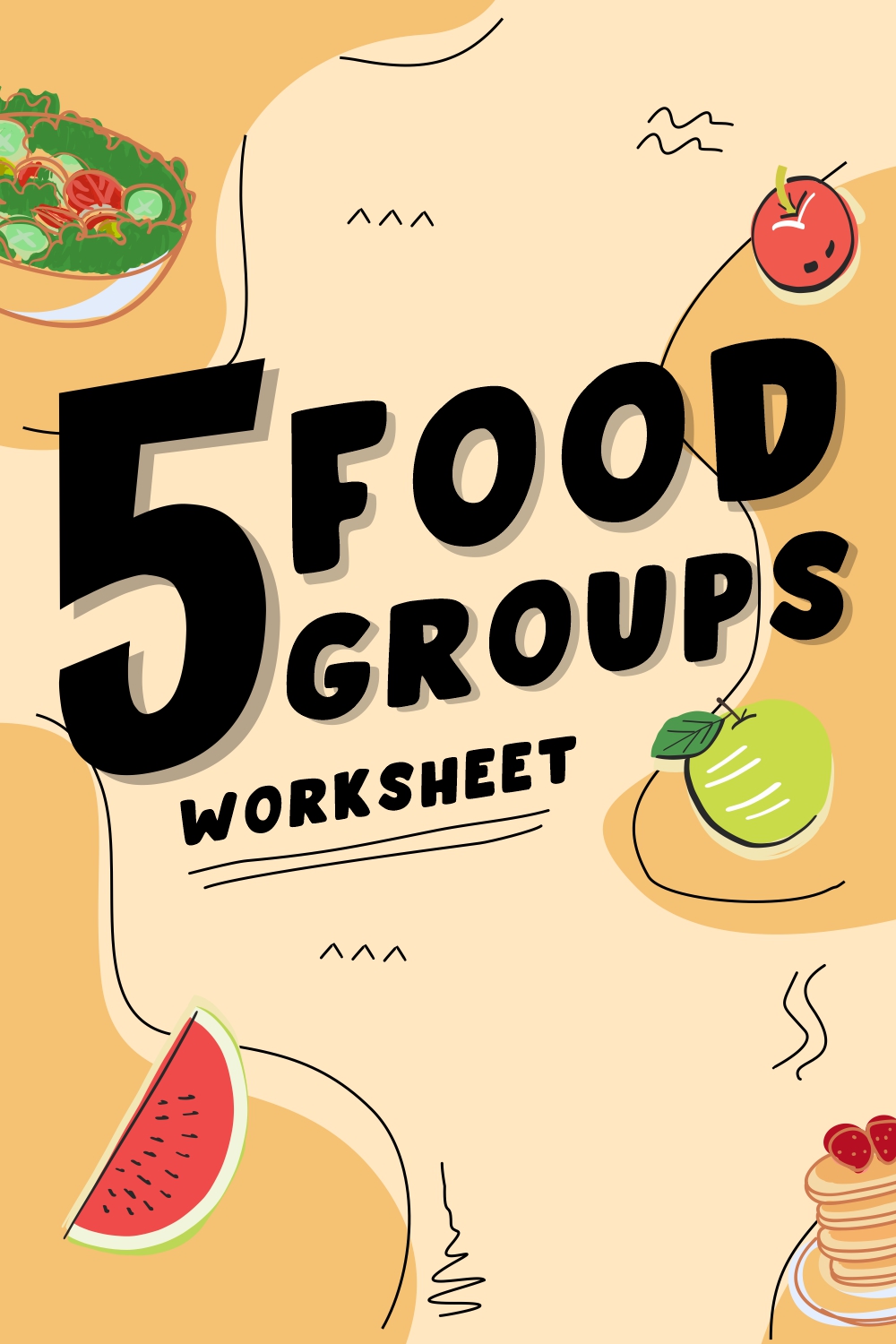
Comments